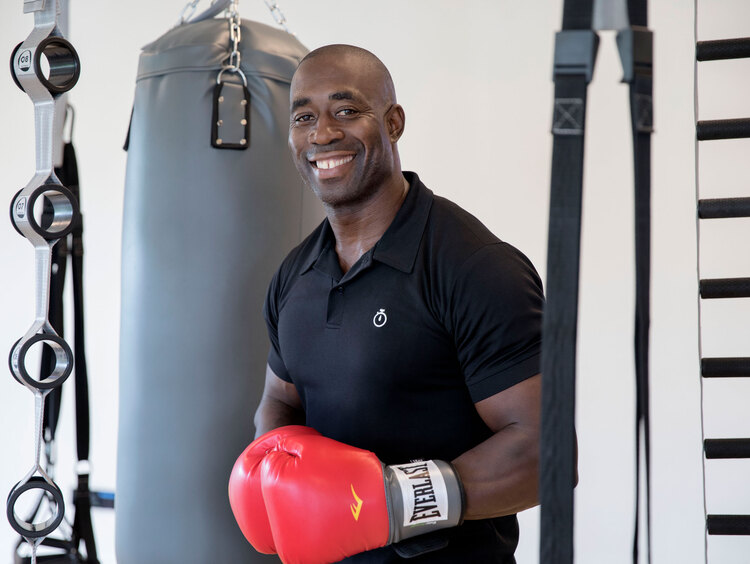Host Your Gathering at Excellence Oyster Bay
With an onsite team of experienced event planners and an unparalleled setting on a private peninsula for adults only, there is no better place to host your event or gathering than at Excellence Oyster Bay. Ideally designed for fun and and relaxation, our stunning architecture, sweeping spaces, and All Inclusive offerings ensure that your gathering is as stress free as it is unforgettable.
Our team of dedicated planners will custom-tailor your event to bring your exact vision to life, guiding you through the entire planning process and assisting with full-service support from start to finish. With extensive world-class restaurants, stunning pools, and a variety of venues and spaces, there is no shortage of options for unforgettable receptions, events, and classic cocktail parties.



